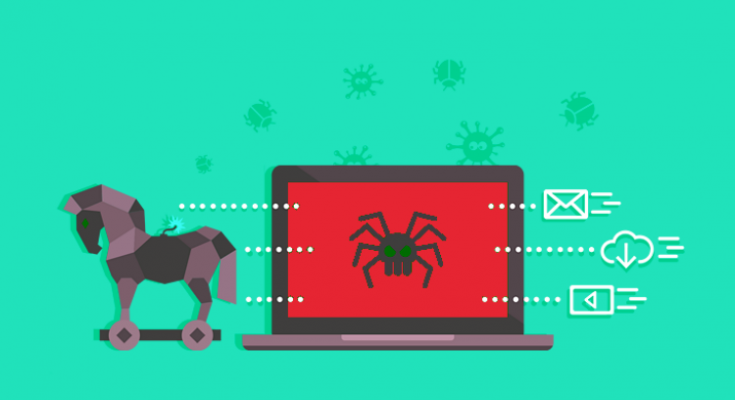There are many cybersecurity concerns that businesses have to manage on a regular basis. While having an incident response plan and taking steps for damage control after a breach do matter, what matters as much, or probably more, is a proactive approach. Among the serious threats looming large on small businesses is trojan horse– also called a trojan. Trojans are a type of malware and can be used by hackers for various purposes. In this post, we are sharing all small businesses need to know about trojan attacks and preventing the same.
What is a trojan?
Trojan is designed by hackers to look like a legit program or download. Trojans are different than worms because someone has to run and execute a trojan file for it to work. In other words, trojans are often mistakenly downloaded, or the user is tricked into downloading and running the malicious program. This could be something like a free ‘PC cleaning tool’ or a full-version ‘antimalware software’.
Types of trojan horse attacks
There are several ways in which hackers may use trojans for their benefit. There are backdoor trojans, which basically give complete remote access to a system to the hacker, bypassing existing authentication. Downloader trojans, on the other hand, will download and install other malicious files on a device. There are also trojans used exclusively for spying on user activities. Distributed Denial of Service (DDoS) attacks, which is a type of brute-force attack, are also done with trojans. For small businesses, however, the biggest concern is ransomware. Trojans are capable of downloading and installing ransomware files when executed. Ransomware allows a hacker to encrypt data, and in return of a decryption key, the hacker will demand a ransom.
Can small businesses prevent trojan attacks?
In most cases, trojans are downloaded by employees, either when they are lured or when they click a file or download. It is extremely important for small businesses to train employees on basics of cybersecurity, so that they know what trojan horse attacks are all about. In addition to that, updating and patching all firmware, software, and operating systems, and installing antimalware solutions do help. It is also important to have regular backups of data, so that attacks involving ransomware can be managed more efficiently.
Trojans often look like software or downloads that are too good to be true. If a program looks too good to be true, it probably is – proactive outlook is the way to avoid trojans.



